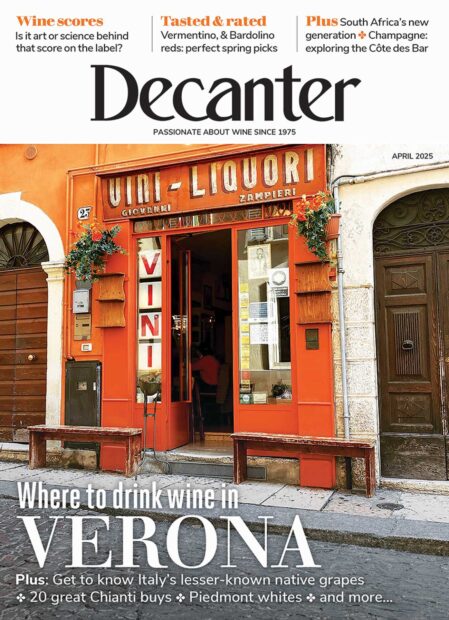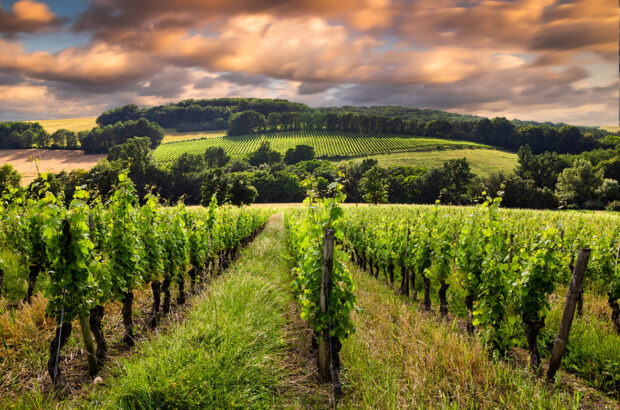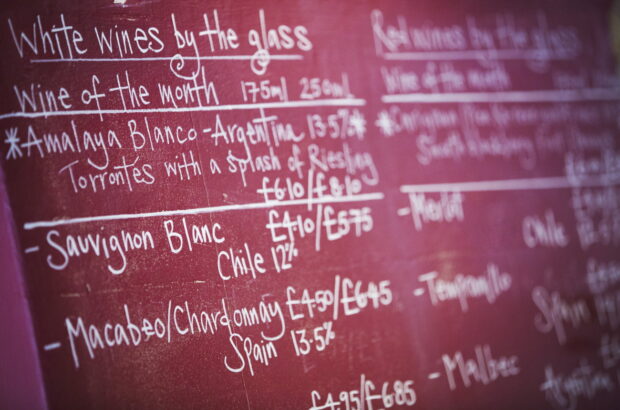Even the most moderate consumer of on-line wine-writing last year must have read somewhere or other about Vigno: Chile’s ‘Vignadores de Carignan’. This was partly a tribute to the Association’s roving ambassador, Derek Mossman Knapp, and his laid-back, understated but burr-like Canadian tenacity, but the main reason why my distinguished confrères pounced on the story was that it was a irresistible antidote to Chile’s sometimes bland image.
(Pic: Maule Carignan growers called Nivaldo Morales and his wife Otelia. Credit: Matt Wilson)
(In fact Chilean wine is less corporately dominated than is sometimes thought: the top 10 companies only account for 47.8% of exports. Concha y Toro may be a giant, but it exported less than 18% of Chilean wine over the last 12 months.)
The Vigno pitch featured old vines and downtrodden growers; a previously overlooked area (Maule) and grape variety; and small producers joining hands with larger ones in a venture in which they willingly put their own brands in the back seat for the greater good of all. If the wines had been dreadful, it would still have been worth a piece.
The indefatigable Mossman Knapp tracked me down in my Languedoc lair in early February, clutching a case of Vigno Carignans; they weren’t dreadful at all. More of that in a minute, but let me briefly resume the story.
It began with Chile’s deadliest earthquake: the one which shook the cities of Chillán and Concepción shortly before midnight on January 24th 1939, snuffing out the lives of around 28,000 people. Chillán lies just to the south of Maule, Chile’s biggest production zone, and in the replanting which followed, consulting technicians suggested Carignan rather than the ubiquitous País. Hence the old vines — which, significantly, tended to be in the hands of smallholders, and dry-grown. Of Chile’s 800 ha of Carignan, 584 ha lie in Maule.
Then came the 2010 earthquake, whose epicenter this time was just off the coast of Maule. Mossman Knapp was working on a book at the time, and by chance found himself helicoptered to the worst-hit areas. What could be done to help? Well, how about making a thing of Carignan? It would provide an outlet for fruit for those who most needed it, and the proceeds could help replant and rebuild. Those involved, in fact, had been lunching on the idea for some years, and wines already existed; the earthquake tipped them into cohesive action.
I smiled as I tasted the first wine: the 2008 Eclat Vigno from Valdivieso. Only from Chile could Carignan smell and taste like this. In place of the spiky acerbity we are familiar with down here in the Languedoc, this smelled sweet, warm, ripe and nourishing; the fruits were even blackcurranty. I’d always considered that a Cabernet trigger, but perhaps it’s the smell and taste of vines in Chile more generally. (Likewise my first sniff recently, fresh from the airport, of a handful of Californian Cabernets instantly reminded me of Zinfandel – until I realized that that gorgeously sweet berry fruit was the scent of Californian red wine itself …)
The closest we got to spikiness was perhaps the young 2011 Vigno from Mossmann Knapp’s own Garage Wine Co (made by his wife, winemaker Pilar Miranda) – lighter, brighter, sharper and pushier than its peers, with a little of the acidic incision I associate with this variety – and the 2009 Gillmore Vigno, which had bittersweet fruit and plenty of athletic thrust to it. My three top marks went to the plump 2010 De Martino Vigno (plump Carignan!); the saline, scrub-and-pine-scented 2009 Meli Vigno (maximum terroir here) and, best of all, Torres’ 2009 Cordillera Carignan Vigno – full of singing blackcurrant and blackberry fruits, but magnificently textured and truffled also. It’s rare to find Carignan this complete.
Were these the best Chilean wines I have tasted in the last 12 months? I couldn’t say that. Concha y Toro’s 2008 Gravas del Maipo Syrah is a wine of wonderfully opulence and pure drinking luxury; the 2008 Santa Rita Casa Real Old Vines Cabernet, also from Maipo, is very different: a concentrated essence of Cabernet fruits, with reverberative purity and length; while the 2007 Espíritu de Apalta from Neyen had a secondary complexity and profundity which every producer in Chile should be looking for. These Carignans were good, but not that good.
Mossman Knapp then saddled up his pack mule and lashed on the box of wines — to blind-taste against some of Languedoc’s leading Carignans with a group of Languedoc wine-makers and consultants in a nearby village. Interestingly, that group found more varietal similarities than I did, though they also observed that no one needed to resort to carbonic maceration (as often happens in Languedoc) to give Carignan a bit of roundness and sweet flesh in Chile. Because Chile, of course, had already provided it.
Written by Andrew Jefford







